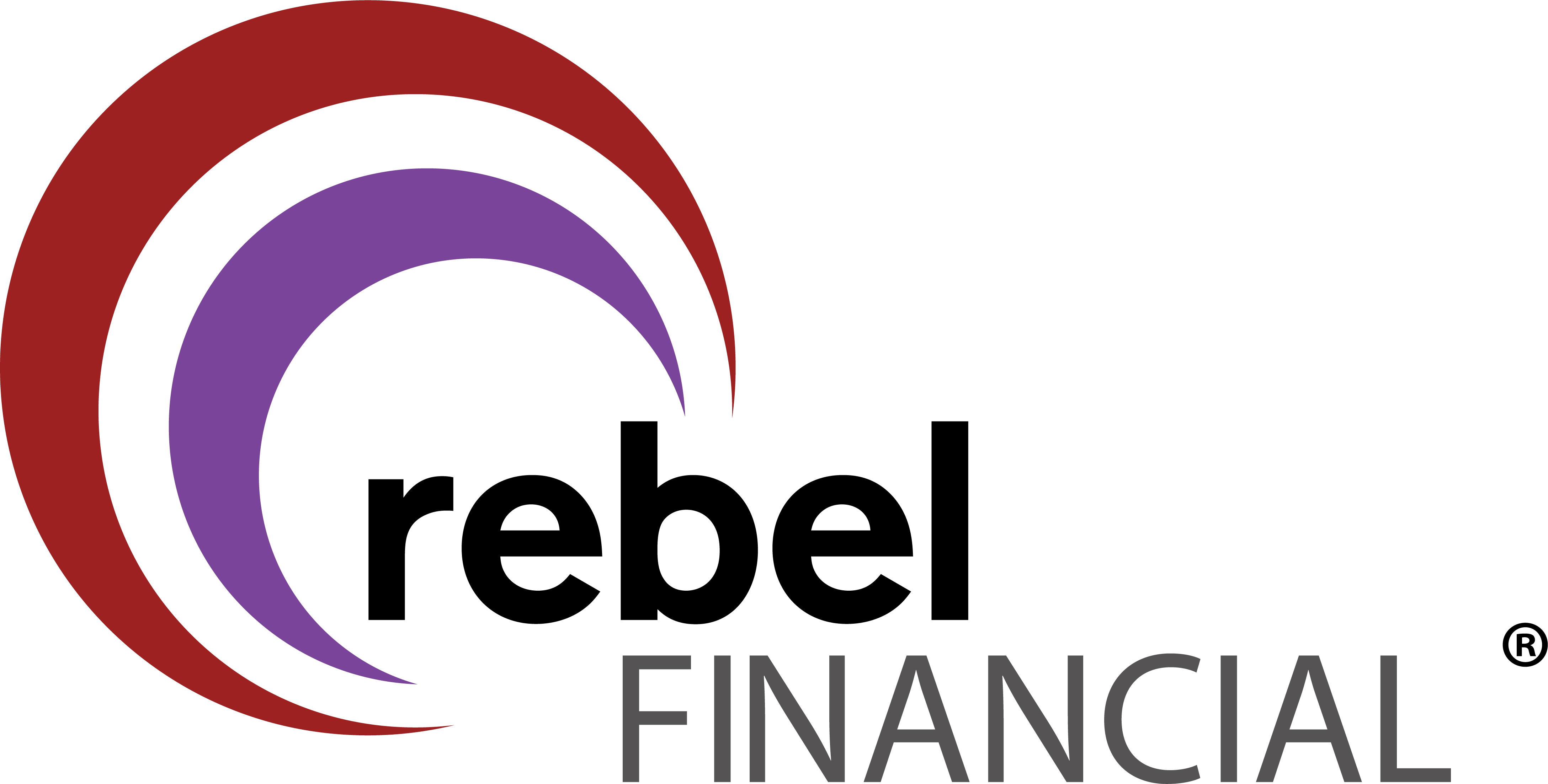[vc_row full_width=”stretch_row” bg_type=”image” parallax_style=”vcpb-default” bg_image_new=”id^33195|url^https://rebelfinancial.com/wp-content/uploads/2021/02/Suit-banner-scaled.jpg|caption^null|alt^Suit Banner|title^Suit banner|description^null”][vc_column width=”1/2″][vc_empty_space height=”150″][vc_single_image image=”33196″ img_size=”large”][/vc_column][vc_column width=”1/2″][vc_empty_space height=”500″][/vc_column][/vc_row][vc_row full_width=”stretch_row_content” bg_type=”grad” bg_grad=”background: url(data:image/svg+xml;base64,PHN2ZyB4bWxucz0iaHR0cDovL3d3dy53My5vcmcvMjAwMC9zdmciPjxkZWZzPjxsaW5lYXJHcmFkaWVudCBpZD0iZ3JhZGllbnQiIHgxPSIwJSIgeTE9IjAlIiB4Mj0iMCUiIHkyPSIxMDAlIj48c3RvcCBvZmZzZXQ9IjAlIiBzdHlsZT0ic3RvcC1jb2xvcjojQUU4MkNFOyIgLz48c3RvcCBvZmZzZXQ9IjEwMCUiIHN0eWxlPSJzdG9wLWNvbG9yOiNGRkZGRkY7IiAvPjwvbGluZWFyR3JhZGllbnQ+PC9kZWZzPjxyZWN0IGZpbGw9InVybCgjZ3JhZGllbnQpIiBoZWlnaHQ9IjEwMCUiIHdpZHRoPSIxMDAlIiAvPjwvc3ZnPg==);background: -webkit-gradient(linear, left top, left bottom, color-stop(0%, #AE82CE), color-stop(100%, #FFFFFF));background: -moz-linear-gradient(left,#AE82CE 0%,#FFFFFF 100%);background: -webkit-linear-gradient(left,#AE82CE 0%,#FFFFFF 100%);background: -o-linear-gradient(left,#AE82CE 0%,#FFFFFF 100%);background: -ms-linear-gradient(left,#AE82CE 0%,#FFFFFF 100%);background: linear-gradient(left,#AE82CE 0%,#FFFFFF 100%);”][vc_column][vc_empty_space][vc_custom_heading text=”Why work with Independent Registered Investment Advisors and allow Fee Billing?” font_container=”tag:h2|font_size:35|text_align:center|color:%230a0a0a” google_fonts=”font_family:roboto-regular%3Aregular”][/vc_column][/vc_row][vc_row full_width=”stretch_row” bg_type=”grad” bg_grad=”background: url(data:image/svg+xml;base64,PHN2ZyB4bWxucz0iaHR0cDovL3d3dy53My5vcmcvMjAwMC9zdmciPjxkZWZzPjxsaW5lYXJHcmFkaWVudCBpZD0iZ3JhZGllbnQiIHgxPSIwJSIgeTE9IjAlIiB4Mj0iMCUiIHkyPSIxMDAlIj48c3RvcCBvZmZzZXQ9IjAlIiBzdHlsZT0ic3RvcC1jb2xvcjojQUU4MkNFOyIgLz48c3RvcCBvZmZzZXQ9IjEwMCUiIHN0eWxlPSJzdG9wLWNvbG9yOiNGRkZGRkY7IiAvPjwvbGluZWFyR3JhZGllbnQ+PC9kZWZzPjxyZWN0IGZpbGw9InVybCgjZ3JhZGllbnQpIiBoZWlnaHQ9IjEwMCUiIHdpZHRoPSIxMDAlIiAvPjwvc3ZnPg==);background: -webkit-gradient(linear, left top, left bottom, color-stop(0%, #AE82CE), color-stop(100%, #FFFFFF));background: -moz-linear-gradient(left,#AE82CE 0%,#FFFFFF 100%);background: -webkit-linear-gradient(left,#AE82CE 0%,#FFFFFF 100%);background: -o-linear-gradient(left,#AE82CE 0%,#FFFFFF 100%);background: -ms-linear-gradient(left,#AE82CE 0%,#FFFFFF 100%);background: linear-gradient(left,#AE82CE 0%,#FFFFFF 100%);”][vc_column][vc_column_text]
- Good financial advisors help investors/employees make better decisions and get closer to harvesting long-term market averages, which brings an average of 3-4%/yr in value.
- Advisors that help clients with retirement planning, tax planning, and income strategies bring about 1.4 – 2.0%/yr in value in addition to the above noted figures.
- If you are going to make advisors available to employees, why not allow them access to some of the best in the industry that are obligated to serve as fiduciaries:
- Many of these advisors are also the lowest cost option for employees.
- They have less conflict of interest since they do not represent any individual company.
[/vc_column_text][vc_empty_space][/vc_column][/vc_row][vc_row full_width=”stretch_row” bg_type=”bg_color” bg_color_value=”#efefef”][vc_column][vc_empty_space height=”32″][vc_custom_heading text=”Good Financial Advisors can help investors/employees avoid costly mistakes” font_container=”tag:h2|font_size:30|text_align:left” google_fonts=”font_family:roboto-regular%3Aregular”][vc_column_text]The average investor performs about 2-6%/yr. (depending on the sampling time-frame, but about 3-4%/yr. over 20-30yr. time periods) behind the market averages. Take this fact combined with the compounding power of money over extended time periods and the consequences are potentially catastrophic to investors/employees retirement savings:
Read the 2018 DALBAR Report, “Qualitative Analysis of Investor Behavior.”[/vc_column_text][vc_empty_space][vc_custom_heading text=”How much does this cost investors/employees?” font_container=”tag:h2|font_size:25|text_align:left” google_fonts=”font_family:roboto-regular%3Aregular”][vc_column_text]With the elimination of many private pensions, reduction of many state pensions, and the potential that we will have to curb benefits from Social Security, it is more important than ever that we help our clients/employees properly prepare and accumulate for their future retirement needs. Let’s look at a couple examples of how this may affect their lives:[/vc_column_text][vc_column_text]Example 1: Lets take an Ohio University Faculty member earning $75,000 with an average of 24% going into the Alternative Retirement Program (ARP) account, over a 30yr. career. Say that this investor/employee has a moderate risk tolerance and so we’ll just use the average of the S&P500 and Barclay’s Aggregate Bond Index over the last 20yrs. to estimate their theoretical return of 8.5%/yr.
This should allow them to accumulate ~$2,235,865. However, as the report above shows the average investor has underperformed the markets by 2-6%/yr so let’s give them the benefit of the doubt and say they only underperform by only 3%/yr. With our new rate of return at 5.5% our average faculty member will accumulate ~$1,303,838, which equates in an opportunity cost of ~$932,027 or almost $40,000/yr. in income.
Example 2:Let’s take a nurse at a local 501(c)3 earning $55,000 with an average of 10% going into their 403(b) account, over a 35yr. career. Say that this investor/employee also has a moderate risk tolerance and so we’ll just use the theoretical return from above of 8.5%/yr.
This should allow them to accumulate ~$1,059,859. Again, as the report above shows, the average investor has underperformed so let’s use a 3% underperformance per year. With our new rate of return at 5.5% our average nurse will accumulate ~$551,383, which equates in an opportunity cost of ~$508,476 (almost half is lost!).[/vc_column_text][vc_empty_space height=”32″][/vc_column][/vc_row][vc_row full_width=”stretch_row_content” bg_type=”image” parallax_style=”vcpb-default”][vc_column width=”1/2″][vc_single_image image=”33213″ img_size=”large” alignment=”right”][/vc_column][vc_column width=”1/2″][vc_empty_space height=”100″][vc_custom_heading text=”Do Advisors really help?” font_container=”tag:h2|font_size:30|text_align:left” google_fonts=”font_family:roboto-regular%3Aregular”][vc_column_text]
You may ask, “Do advisors really help?” and the answer is mixed. We believe there are two fundamental things to consider:
Are they really a credentialed Financial Advisor: Most people serving in the financial services industries are sales representatives, not what we would consider a true “Financial Advisor.” So if we were to include every individual that calls themselves financial advisors then I would be skeptical of the mean result to clients/employees. However, if you limit the field to advisors that have some accreditation or advanced degree (say they are a CFP®, ChFC®, or have a Masters/Ph.D. in Finance, Accounting, and/or Law) then the answer is almost unequivocally yes if they actually spend at least 1-2hrs. a year with their clients to review their plans, investment managers (called “Alpha”), and investment allocations (called “Beta”).
Most credentialed Financial Advisors can also bring “Gamma” to help their clients: Morningstar has done extensive research in this area over the last decade and now tracks a new multiple that they call “Gamma.” Gamma is a representation of the value that a good financial advisor can bring to a client/employee by assisting them with their investment selection, rebalancing, behavior modification, retirement planning, tax planning, distribution planning, and estate planning. A financial advisor that does these successfully for a client/employee brings somewhere between 1.4- 2.0% per year in value. Read the 2013 Morningstar Report, “Alpha, Beta, and Now…Gamma.”[/vc_column_text][vc_empty_space][/vc_column][/vc_row][vc_row full_width=”stretch_row” bg_type=”grad” bg_grad=”background: -webkit-gradient(linear, left top, left bottom, color-stop(0%, #F5F5F5), color-stop(99%, #FFFFFF));background: -moz-linear-gradient(top,#F5F5F5 0%,#FFFFFF 99%);background: -webkit-linear-gradient(top,#F5F5F5 0%,#FFFFFF 99%);background: -o-linear-gradient(top,#F5F5F5 0%,#FFFFFF 99%);background: -ms-linear-gradient(top,#F5F5F5 0%,#FFFFFF 99%);background: linear-gradient(top,#F5F5F5 0%,#FFFFFF 99%);”][vc_column][vc_empty_space][vc_custom_heading text=”Why enable 3rd party Fee Billing and work with Independent Registered Investment Advisors (RIA)?” font_container=”tag:h2|font_size:30|text_align:left” google_fonts=”font_family:roboto-regular%3Aregular”][info_list_father][info_list_son titleclr=”#000000″ image_id=”33226″ title=”Independent RIAs are/have some of the most experienced and talented Financial Advisors avaliable” caption_url=””]Many Independent RIA Firms are owned and operated by the advisors that started them. Many of these advisors are some of the best and most innovative in the industry with an average of 15-20yrs. of experience. These talented entrepreneurs generally left the mainstream financial advisory world because they were dissatisfied with the costs, limits, and bureaucracy associated with many of the larger firms. The average Independent RIA can cut costs to their clients by 10-50% while offering higher levels of service and customization:
- View Worth magazine’s article “Is it time to leave your current financial advisor?”
- Visit our Non-Profit, which was established to help advisors learn how they can start their own Independent RIAs.
[/info_list_son][info_list_son titleclr=”#000000″ image_id=”33227″ title=”Independent RIAs are Fiduciaries to your employees:” caption_url=””]The large/traditional firms on Wall Street have spent decades and millions of dollars successfully lobbying Congress to avoid having to serve your employees with a fiduciary standard. As a matter of fact, the SEC has been trying to pass a fiduciary standard for over 25yrs. unsuccessfully:
- Learn more from the Committee for the Fiduciary Standard.
- Here is the actual study performed by the SEC about whether a Uniform Fiduciary Standard should be imposed.
Fiduciaries have a legal obligation to serve the interests of their clients, your employees, above their own self-interests. This is a very simple concept and it seems like it should be a “no-brainer” when we’re talking about your employee’s financial futures. However, did you know that (in almost every case) your retirement provider(s) and their representatives are not fiduciaries? We think this is important and what adding fee billing to your plan will accomplish.[/info_list_son][info_list_son titleclr=”#000000″ image_id=”33228″ title=”Independent RIAs do not work for your retirement plan providers and are loyal/accountable to your employees 1st:”]The future of retirement plan design and participant advice is to separate the product from the advice. In this way, the employee can choose what plan they want (TIAA CREF, Fidelity, Vanguard, etc), decide if they want/need financial advice, and then get to choose from a multitude of advisors that will have the expertise they require at the price they decide upon. As it stands now, employees are in either of two systems:
- An ERISA plan with 1 provider and no access to financial advice beside generic presentations and websites which do little to actually influence investor behavior and outcomes.
- A non-ERISA or government plan with multiple providers that is rife with heavy sales/competition and large conflicts of interest. The captive sales agents of these companies are compensated to sell a specific product not to look out for the employees’ best interests (we’re not saying that there aren’t great people out there doing good things, but just that this system is not designed to produce this outcome and does not consistently do it).
Example: Would you want your physician to perform surgery on you, or a loved one, and use a heart valve that was manufactured by a company that he owned just because he would make 30% more off the procedure by using his proprietary valve rather than having the ethical and legal responsibility to use the best product on the market regardless of his conflict of interest?
Both of these systems can allow fee billing with 3rd party RIAs that would allow their employees to hire outside, credentialed financial advisors that would represent them as fiduciaries.[/info_list_son][info_list_son titleclr=”#000000″ image_id=”33229″ title=”Independent RIAs will generally save your employees $$$ if they choose to have an advisor:*” caption_url=””]So what is the real “meat & potatoes” of the situation; how much do things cost and what is the comparison? We’re not going to make this lengthy or complicated and we are going to summarize the charges below (you can look the numbers up yourselves by requesting the retirement/annuity company’s prospectus’, but we’re not going to take the risk of any of them filing copyright/trademark infringement suits against us by linking to them directly here):
Average retirement annuity (with an associated sales representative):
- Mortality & Expense & Other (M&E&O) Charge: ~1.15%/yr.
- Ranges from 0.9-1.4%/yr.
- Average investment option net Management Fee: ~1.1%/yr.
- Ranges from 0.4-2.5%/yr.
- Total Average cost to the employee: ~2.25%/yr
Average DIY retirement annuity/plan (generally TIAA CREF or Fidelity):
- Mortality & Expense & Other (M&E&O) Charge for TIAA CREF: 0.1%/yr.
- Fidelity does not generally provide annuities so there is no M&E&O charge.
- Average investment option net Management Fee: ~0.75%/yr.
- Ranges from 0.1-1.5%/yr.
- Total cost to the employee: 0.8%/yr.
Average RIA Assisted retirement annuity/plan (just adding on to the above figures):
- Average total DIY cost from above: ~0.8%/yr.
- Average RIA fee: ~0.8%/yr.
- Ranges from 0.25-2%/yr.
- See our fee schedule for your employees.
- Total cost to the employee: ~ 1.6%/yr.
- About a 30% savings.
- Plus there are no surrender charges because there are no commissions.
- Plus the employee can fire their advisor without changing plans or transferring funds.
*This applies more to the Non-ERISA or government model where there are multiple providers. Generally, there is no pre-existing market or comparison for ERISA plan participants to receive help from an independent RIA.
[/info_list_son][/info_list_father][vc_empty_space][/vc_column][/vc_row][vc_row full_width=”stretch_row” bg_type=”bg_color” bg_color_value=”#f5f5f5″][vc_column][vc_empty_space][vc_custom_heading text=”Frequently Asked Questions (FAQ):” font_container=”tag:h2|font_size:30|text_align:left” google_fonts=”font_family:roboto-regular%3Aregular”][vc_toggle title=”1) Won’t opening our plan up to Independent RIAs potentially flood our employees/plans with sales reps?” open=”true”]It is possible but generally, this will not happen for two main reasons. First, most people that have started RIAs have well-established practices with good client bases. They do not need to market aggressively to increase their client base and/or sales; in fact, most RIA owners that we know generally only take new clients from qualified referrals with minimum account sizes. Secondly, these advisors are generally fee-based and there are no commissions paid, which many times incentivizes sales reps from your other providers to aggressively solicit your employees to generate large up-front commission payouts.
The second line of defense on this is that your providers, such as TIAA CREF or Fidelity, value your relationship more than the RIAs’ ability to serve your employees and they force them to sign restrictive agreements that limit marketing and solicitation. In addition to this, you could also institute a policy for banning any advisor/firm that you felt was abusive or excessive and I’m sure the providers would comply with any reasonable request.[/vc_toggle][/vc_column][/vc_row]









